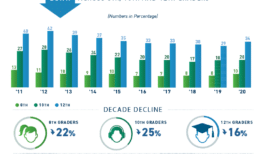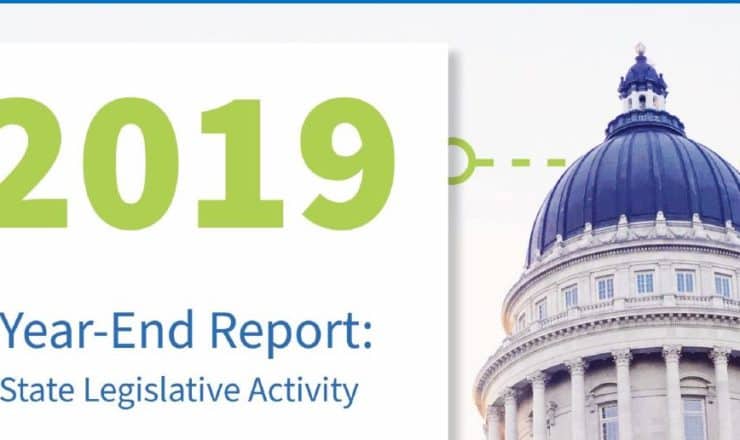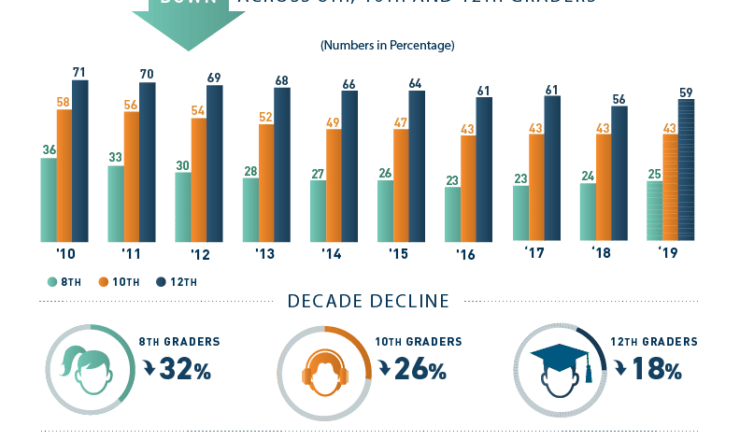Removal of Alcohol Will Not End Hazing
It is reasonable to react to the tragic number of deaths by alcohol poisoning among new fraternity members by wanting to ban distilled spirits (hard alcohol), as it has become the unintended “murder weapon” of choice in these cases. Without question, the need to respond to the wholly avoidable crisis of deaths due to forced consumption of alcohol in hazing activities is warranted. However, much like a ban on handguns due to the number of deaths attributed to their use, removing the quickest and perhaps deadliest of these weapons of hazing will not eliminate the central issue of young men who are unaccountable for perpetuating rituals that are designed with brutality for the sole purpose of endangering and humiliating new members.
It is foolish for any of us to think that the removal of alcohol will lead to the end of hazing. This has already proven to be a false premise, as young men have died due to the forced consumption of water in a hazing ritual rather than alcohol. Alcohol is only one of several forms of hazing with potentially disastrous results.
Moreover, there is no evidence that the banning of distilled spirits (hard alcohol) will provide a feasible solution to alcohol overconsumption or hazing rituals involving forced alcohol consumption. In fact, every case of prohibited substances has led to a greater use under the radar of law enforcement, and this will be no exception. Here’s why I make this prediction confidently:
- Hazing, in any form, is already banned by the North-American Interfraternity Conference (NIC), every national fraternity corporation, and every college and university. Equally, there are already laws in all states that prohibit the procurement and furnishing of alcohol for a minor, and the consumption of alcohol by a minor. In essence, hard alcohol and its use in hazing is already banned in the fraternity under a variety of policies and laws. Rather than end these behaviors, prohibition has driven them “underground” where they are allowed to flourish in secrecy. It seems a bit unproductive to ban something that is already illegal for a large majority of the members.
- Like earlier prohibitions of alcohol, substance control has little effect on substance use, and may, in fact, drive it up. Historians speak of “prohibition drinking,” where those risking their freedom to consume did so at much higher amounts in order to make the most of the risk.
- Both points lead to another realization from prohibition policy – the fact that it is nearly unenforceable. This is especially the case for fraternity members who are of legal drinking age. Given the secret nature of alcohol consumption in these settings, it is hard to imagine the enforcement of a hard alcohol ban.
- Perhaps most importantly, a ban does not address the underlying misuse of alcohol, which often continues well beyond the college years for men exposed to these rituals. By taking alcohol away, we condemn its use as a weapon rather than as a consumption product that millions are able to use responsibly without negative consequences. In short, banning does little to help these young men examine and shape their current or future relationship with alcohol when the days of fraternity rituals are long gone.
This is not to say that there are no remedies to the current crisis. There are many, and the NIC is in a great position to see them come to fruition. Here are just two:
- There must be adult supervision and accountability for the practices and rituals of young men in the fraternity setting. Leaving immature men with a clearly warped sense of alcohol’s uses and a desire for humiliating a “brother” alone seems quite solvable. Perhaps a fraternity that is unable or unwilling to ensure this level of supervision and accountability should not be allowed to remain active.
- The perpetuators of dangerous hazing rituals, whatever they are, must be prosecuted and punished to the full extent of the law. We must be willing to see hazing, along with sexual assault, behaviors that are wholly unacceptable to fraternity life, and those who commit them as unfit for membership. The NIC is complicit when they do not insist that every chapter remove members who perpetuate these behaviors. Colleges and communities are complicit when they do not prosecute these individuals to the fullest extent of the law.














